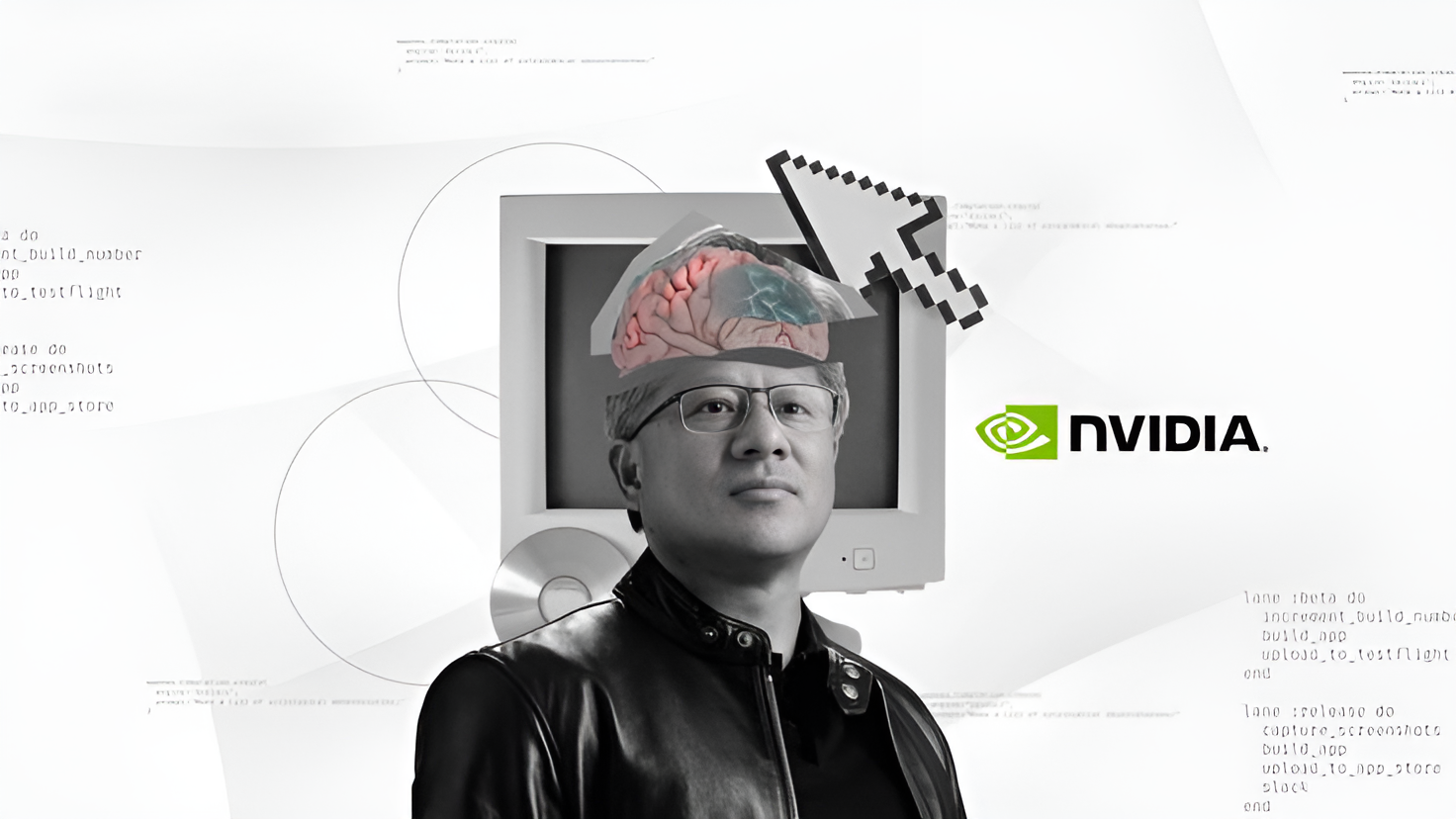Prioritizing Data for Post-Quantum Cryptography (PQC) Analysis Report
5W1H Analysis
Who
The stakeholders involved include cybersecurity firms, data-intensive organisations, governments, and technology companies such as HashiCorp, which published the report.
What
The event focuses on the development and implementation of strategies to protect sensitive data against threats posed by quantum computing through smart and scalable cryptography.
When
The report was published on 11th June 2025. The underlying technological challenges and strategies have been evolving over recent years and continue to be a critical focus as quantum computing capabilities advance.
Where
The impacts are global, with major markets including North America, Europe, and Asia where technology firms and governments are heavily concentrated.
Why
The motivation is to safeguard critical and sensitive data from future quantum threats by developing a comprehensive cryptography strategy that can stand against highly powerful quantum computers.
How
The process involves assessing current cryptographic systems, identifying data at highest risk, and prioritising security upgrades with scalable and adaptable post-quantum cryptographic algorithms.
News Summary
As quantum computing advances, organisations globally must prioritise and bolster their cryptographic strategies to protect sensitive data from potential quantum threats. This involves identifying vulnerable assets and implementing scalable protection mechanisms using post-quantum cryptography (PQC). HashiCorp highlights the criticality of such preparedness for industries centred in technologically advanced regions.
6-Month Context Analysis
In the past six months, there has been increasing attention on the emerging threats that quantum computing poses to traditional cryptographic standards. Several large tech firms and governmental agencies have initiated PQC frameworks, with notable movements in the European Union and the United States focusing on future-proofing data protection strategies. The establishment of international collaborations to standardise PQC methods has been prominent, reflecting a shared concern about quantum vulnerabilities.
Future Trend Analysis
Emerging Trends
The emergence of PQC represents a key trend of convergence between quantum computing advancements and cybersecurity innovation. Industries are increasingly integrating PQC into existing infrastructure, with a growing emphasis on developing robust frameworks capable of withstanding quantum assaults.
12-Month Outlook
In the coming 12 months, it is expected that the demand for post-quantum cryptography solutions will escalate. Organisations will likely accelerate the assessment of their cryptographic resilience, seeking to implement PQC strategies comprehensively. Partnerships between tech companies and governments may expand to ensure confidentiality across sectors susceptible to quantum threats.
Key Indicators to Monitor
- Adoption rate of PQC technology. - Progress in international PQC standardisation efforts. - Announcements of collaborative security initiatives between organisations and governmental bodies.
Scenario Analysis
Best Case Scenario
Companies rapidly adopt PQC, resulting in minimal disruption from any quantum breakthrough, protecting sensitive information across global networks and sustaining trust in digital infrastructure.
Most Likely Scenario
Progress in PQC adoption will be gradual, with ongoing risk assessments leading companies to implement partial measures until quantum computers present an immediate threat.
Worst Case Scenario
Delayed implementation of PQC leads to significant data breaches from emerging quantum technologies, compromising critical infrastructures and leading to a loss of consumer trust and economic repercussions.
Strategic Implications
Stakeholders must prioritise cryptography assessments, establish adaptive PQC frameworks, and engage in cross-industry collaborations to prepare systematically for quantum threats. Keeping abreast of technological advancements and standardisation efforts will be crucial to sustaining competitive advantage.
Key Takeaways
- Organisations like HashiCorp are critical in guiding industries towards PQC adoption and data protection.
- Advancements in quantum computing necessitate immediate attention to cryptographic evaluations globally.
- Building security frameworks based on PQC can mitigate long-term quantum threats, especially in North America and Europe.
- Collaboration with global standardisation efforts will be essential for developing robust security measures.
- Monitoring international PQC progress can provide insights into future security developments and necessary adaptations.
Source: Prioritizing Data for Post-Quantum Cryptography (PQC)





















Discussion